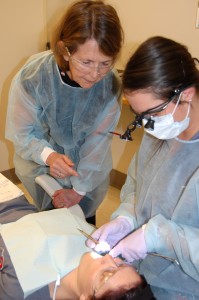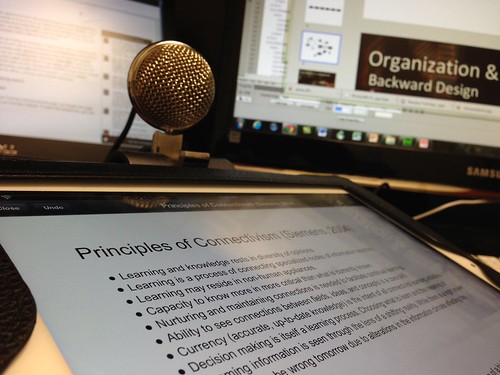I feel like we have covered so much in this semester. We began with what defines innovative teaching, moved to lecturing and active learning techniques (and how to blend the two), and then discussed and practiced and demonstrated online teaching. You wrote your own syllabus, reviewed your classmate’s syllabus, and made a final creation all your own. Then we delved deep into assessment and how to effectively assess your learning objectives. We rounded out the semester with a discussion on technology in teaching- and it’s related evidence, academic integrity, and copyright/fair use issues. We’ve covered a lot! Along the way you’ve blogged, had synchronous discussions, created, revised, and completed several assignments. You discovered new ways to present and learned what a Pecha Kucha is. Your excitement about teaching and learning is infectious and I am sure the future of dental hygiene education is in good hands. Future dental hygiene students will be lucky to have you as their teachers. What I take away, as the instructor of this class, is that even as an instructor, students can teach you so much. So thanks for teaching me a thing or two.
Blog Post 7: I’d like to know what was most valuable to you in this course. Were there a few things that you learned that you think you will carry with you as you enter your academic careers? Was there a certain topic you really felt like you connected with? Please write your blog about what you will take with you from this course. Be honest and heartfelt. I’ve really enjoyed this semester, I hope you have too.



